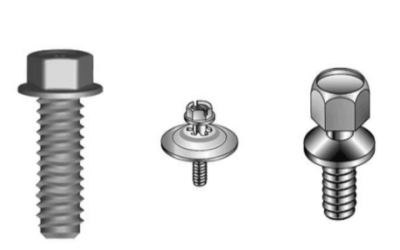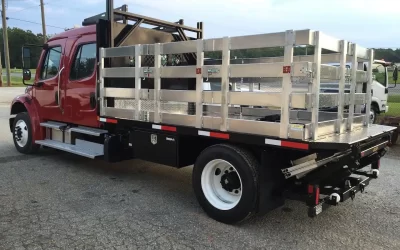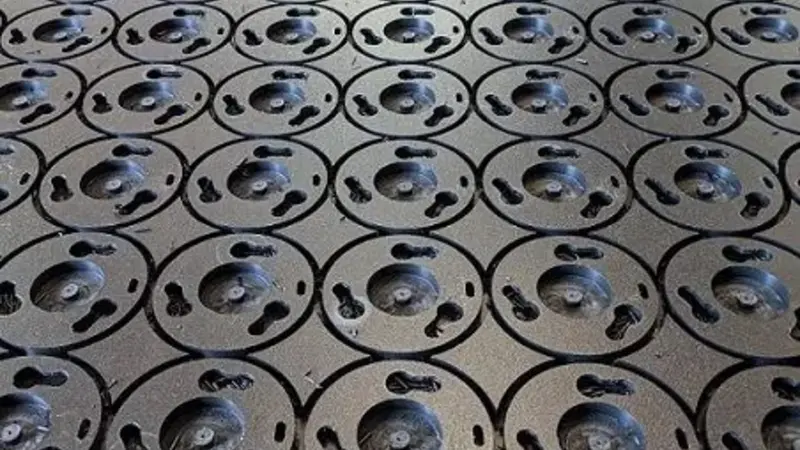There are many different pneumatic regulator options on the market today, and some companies offer custom manufacturing of these regulators to meet the needs of their customers. These devices are sometimes also called pneumatic pressure regulators or pressure reducing valves.
The role of a pneumatic regulator is to ensure the output pressure through any type of compressed air system is always constant. These valves act to offset changes in the system due to variations in the input pressure on the system or variations in the flow from the compressor. With sensitive types of equipment or the need for precise control of the pressure and airflow, these regulators play a very important role.
General Use Regulators
There are some types of regulators that are designed for general use. These are often marketed as utility pressure regulators, and they provide good control over pressure in non-sensitive types of systems or where the precise amount of pressure and flow is not a critical factor.
Special Use Applications
When precise control of the air flow and pressure is required, as would be required in dental offices, for precision manufacturing and fabrication and other types of similar applications, special use or precision pneumatic pressure regulators are a must.
This type of pneumatic regulator is designed with a unique configuration or includes design features that allow for exact control of the pressure within selected ranges. Greater precision in the design of the valve as well as the choice of materials to maximize the ability of the regulator to react to changes in the system adds to the efficiency and effectiveness of these regulators.
When choosing a regulator, it is important to consider the line pressure, the pressure range desired, and the maximum flow at the desired pressure. The specific size of the lines, as well as the precision control necessary, should also be compared when choosing a specific custom made or off the shelf design.



